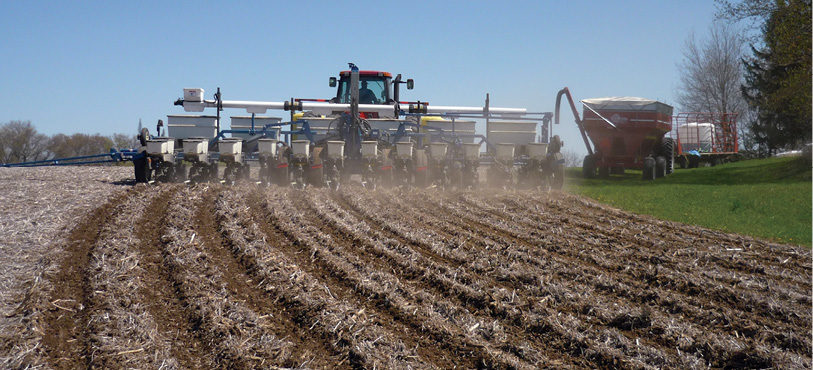No-Till Farmer
Get full access NOW to the most comprehensive, powerful and easy-to-use online resource for no-tillage practices. Just one good idea will pay for your subscription hundreds of times over.

In 1977, Rod Nelson had accumulated enough savings to pay down 348 acres of farmland near Chatfield in the rolling hill country of southeastern Minnesota.
But with no outside help or inheritance, it left him cash-strapped for any new tractors or equipment. He was farming with a Case 800 tractor he bought for $700. He was in need of an idea.
“No-till innovators were getting attention at the time, and the things I read and heard about this new way of farming seemed to be a natural for someone in my situation, with highly erodible land and a shortage of big equipment,” Nelson recalls.
Nelson’s commitment to no-till started with the purchase of an Allis-Chalmers four-row no-till planter in 1982, a machine he describes as a forerunner of today’s much improved no-till machines.
It was a heavy rig, with a big disc for dry fertilizer out front and a packer wheel located in the back of the row unit.
“With its bulky weight, it had enough down pressure to cut through residue, but the depth control left something to be desired,” he says. “And plant uniformity suffered.”
At that time, his conservation efforts included farming contoured strips around the hillsides, and he saw no-till as another means of saving the soil.
“In time, no-till allowed us to move away from strip farming, but we still use contours on our steepest fields,” he explains.
Feeding a beef-cattle herd called for substantial hay acreage, and Nelson learned that land…